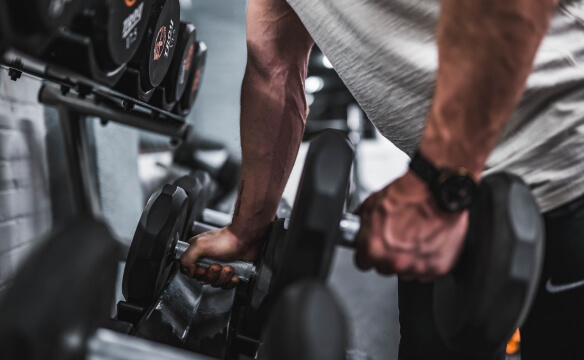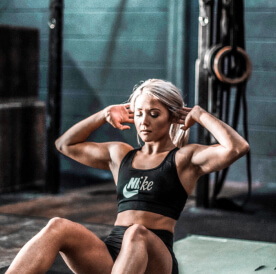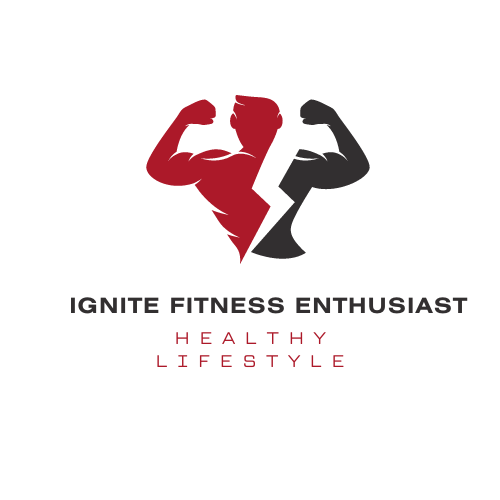
Table of Contents
Introduction: Why Fitness is Key to Wellness
Starting a fitness journey can feel overwhelming, especially for beginners. But remember, fitness is not just about losing weight or building muscles—it’s about improving your overall well-being. Regular physical activity boosts your energy, reduces stress, strengthens your heart, improves mood, and helps manage weight. Whether your goal is to feel healthier, stronger, or simply more confident, this guide will help you take your first steps toward a sustainable fitness lifestyle.
In this comprehensive guide, you’ll learn how to set achievable fitness goals, choose the right types of exercise, structure a workout routine, fuel your body, and stay motivated throughout your fitness journey.
Step 1: Setting Realistic Fitness Goals
Setting fitness goals is essential to your success. But it’s important to make sure your goals are specific, realistic, and achievable.
SMART Goals for Fitness
A proven method for setting goals is the SMART system, which stands for:
- Specific: Make your goals clear (e.g., “I want to run a 5K”).
- Measurable: Ensure you can track progress (e.g., “I want to run a 5K in 30 minutes”).
- Attainable: Be realistic (e.g., “I will train for 12 weeks”).
- Relevant: Make sure it aligns with your values and desires.
- Time-bound: Set a timeframe (e.g., “I will achieve this in 3 months”).
Understanding Your “Why”
Ask yourself why fitness is important to you. Is it to feel better mentally? To become more active with your kids? To fit into a favorite pair of jeans? Knowing your “why” will keep you motivated on tough days.
Tools to Track Progress
Staying on top of your progress is crucial for motivation and adjustments. You can use apps like MyFitnessPal or Fitbit to monitor workouts, track calories, and measure progress through weight or measurements.
Step 2: Types of Fitness Workouts

Not all workouts are the same, and understanding the types of exercises available will help you choose the right ones based on your goals and preferences. Let’s explore the main types of workouts:
Cardiovascular Exercise
Cardio is any exercise that raises your heart rate and improves the efficiency of your cardiovascular system. It’s crucial for heart health, fat burning, and endurance. Some beginner-friendly cardio exercises include:
- Walking or jogging
- Cycling
- Swimming
- Jump rope
- Dancing
If you’re just getting started, try to aim for 20-30 minutes of cardio three times a week. You can increase the intensity or duration as you progress.
Recommended Gear: Comfortable running shoes, fitness trackers like the Garmin to monitor heart rate and calories burned.
Strength Training
Strength training helps build muscle, improve metabolism, and strengthen bones. It can be done with bodyweight exercises, resistance bands, or weights. As a beginner, focus on basic exercises like:
- Bodyweight squats
- Push-ups
- Dumbbell lunges
- Planks
- Resistance band exercises
Start by doing strength exercises 2-3 times a week, focusing on full-body workouts.
Recommended Gear: Resistance bands, dumbbells , or kettlebells for home workouts.
Flexibility and Mobility
Maintaining flexibility and mobility is essential for injury prevention and overall movement. Incorporating stretching and yoga into your routine can improve flexibility, reduce soreness, and enhance posture. Try activities like:
- Dynamic stretching before workouts
- Static stretching after workouts
- Beginner yoga poses (e.g., downward dog, cat-cow stretch)
Recommended Gear: Yoga mat , stretching bands.
Step 3: Creating a Workout Plan
Consistency is the key to progress, and having a workout plan will help you stay on track. Here’s how to structure a beginner workout plan:
Week 1-4: Building a Foundation
- Cardio: 20-30 minutes of moderate cardio 3 days a week (walking, cycling).
- Strength Training: 2 days a week of full-body strength exercises.
- Stretching: 5-10 minutes of stretching after every workout.
Week 5-8: Increasing Intensity
- Cardio: 30-40 minutes of more intense cardio 4 days a week (jogging, HIIT).
- Strength Training: 3 days a week, focusing on different muscle groups each session (upper body, lower body, full body).
- Flexibility: Add 1-2 dedicated yoga or flexibility sessions.
Rest and Recovery
Rest days are as important as workout days. Your muscles need time to recover, especially when you’re just starting. Plan for at least 1-2 rest days each week.
Recommended Apps: Nike Training Club or StrongLifts 5×5 for workout routines and tracking.
Step 4: Fitness Nutrition for Beginners
Fueling your body properly is essential for achieving your fitness goals. Nutrition helps improve energy, recovery, and overall performance.
Basics of Nutrition
As a beginner, focus on these key nutrition principles:
- Protein: Essential for muscle repair. Aim for lean sources like chicken, fish, beans, and protein shakes (whey protein powder).
- Carbohydrates: Your body’s primary energy source. Opt for complex carbs like oats, sweet potatoes, and quinoa.
- Healthy Fats: Support brain function and hormone regulation. Include nuts, avocados, and olive oil.
Pre-Workout Nutrition
Eat a small meal or snack 30-60 minutes before your workout. Good options include:
- A banana with peanut butter
- A protein shake
- Greek yogurt with a handful of granola
Post-Workout Nutrition
After your workout, aim to eat within 30-60 minutes to help with recovery. A balanced meal with protein and carbs is ideal:
- Grilled chicken with brown rice
- A protein shake with a banana
- A whole grain turkey sandwich
Step 5: Tracking Progress and Staying Motivated
Progress in fitness takes time, and staying motivated throughout the journey can be challenging. Here are some strategies to keep you on track:
How to Measure Progress
- Body Measurements: Take measurements of your waist, hips, chest, arms, and legs every few weeks.
- Fitness Benchmarks: Track how much weight you can lift, how fast you can run a mile, or how many push-ups you can do.
- Photos: Take progress photos every 4-6 weeks to see visible changes.
Overcoming Challenges
Everyone hits roadblocks like plateaus or low motivation. To stay focused:
- Set small, achievable goals to maintain momentum.
- Switch up your routine if it becomes boring. Try new exercises or a different fitness class.
- Find a workout buddy to help stay accountable.
Apps to Track Progress
Conclusion: Your Fitness Journey Starts Now
Starting your fitness journey may feel intimidating, but remember, every small step brings you closer to your goals. With the right plan, mindset, and tools, you can achieve lasting progress in your fitness and wellness journey. Stay consistent, be patient, and enjoy the process.
To support your journey, here are some products and tools that can assist you along the way:
- Fitness gear: Comfortable shoes, resistance bands, and dumbbells
- Tracking apps: Fitness and nutrition apps to measure progress
Start today, and take your first step toward a healthier, fitter you!
click here for your low impact exerises


Thanks